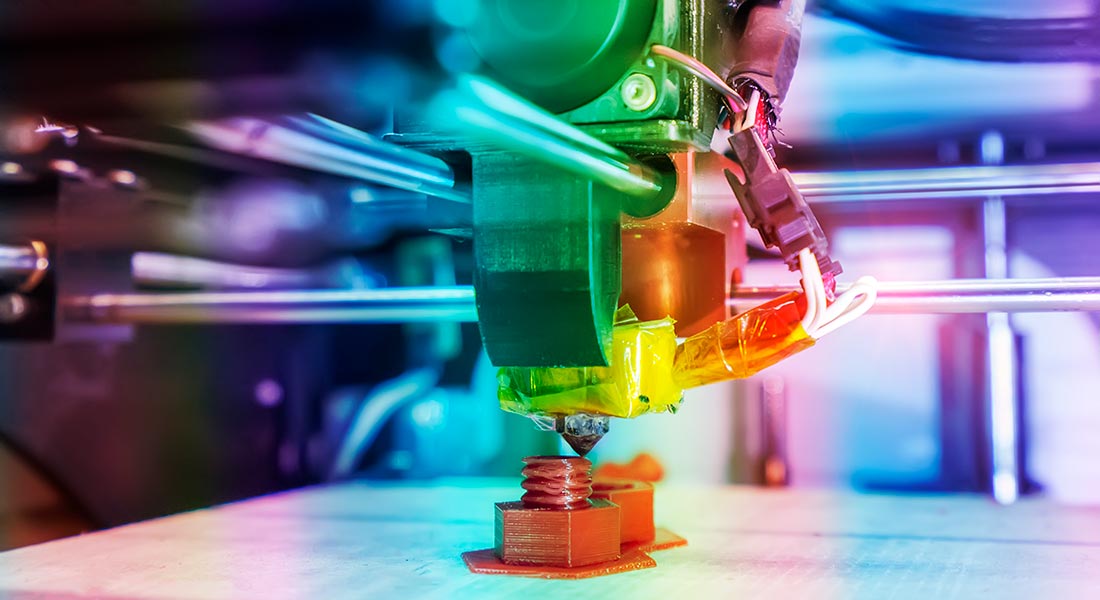Estimated reading time: 3 minutes
State-of-the-art technology is taking printing to the next level with three-dimensional applications. Although it is still relatively unknown to consumers, 3D printing is used in many business industries. For example, small businesses in the architecture, manufacturing, graphic design, automotive, aircraft, and medical device industries, to name a few, use 3D printers to create digital models.
The majority of 3D printer revenues come from the United States, Canada, and western European countries. However, the Asia Pacific market accounts for nearly one-third of all sales. Read this Balboa Capital blog article to learn how the 3D printing industry is surging ahead.
22.5% annual growth rate.
According to Markets and Markets™, the 3D printing market is growing by 22.5% annually¹. Like most new technologies, 3D printers had high price tags when they were first introduced. However, the growing demand for 3D printing has resulted in more manufacturers entering this highly specialized market with cost-efficient commercial and consumer use models.
Commercial 3D printers range from $10,000 to $50,000, and small consumer models are now available for under $500. However, the most extensive and advanced commercial units can run upwards of $500,000. As a result, many small businesses choose to finance 3D printers to preserve capital and eliminate the need for a big one-time purchase.
How 3D printers work.
Three-dimensional printing uses specialized material to create a solid object from a digital design (or model). For example, 3D printers can create objects from plastic, nylon, rubber, metal, etc. Once the design is sent to the printer, the material is sprayed onto a platform in layers. Then, multiple layers are deposited to “build up” the object in its 3D form.
The obvious benefits of 3D printing for businesses are quality control and cost efficiency. Models can be created in-house without the time and expense associated with the prototyping process. In addition, many companies are using 3D printers to handle short-run production for their customers, thereby eliminating the need to outsource. Of course, this also results in lower prices for 3D-printed items.
Where to buy a 3D printer.
If you are in the market for a 3D printer, you have several options to choose from when it comes time to make your purchase. First, there are equipment vendors that sell 3D printers from some of the leading brands and manufacturers. When looking at equipment vendors, ask them if they have any 3D printing samples in their showroom so you can evaluate them for quality. Next, many 3D printers can be purchased online from authorized resellers.
Reference:
1. https://www.marketsandmarkets.com/Market-Reports/3d-printing-market-1276.html
Balboa Capital, a Division of Ameris Bank, is not affiliated with nor endorses Markets and Markets. The opinions voiced in this material are for general information only and are not intended to provide specific advice or recommendations for any individual.
